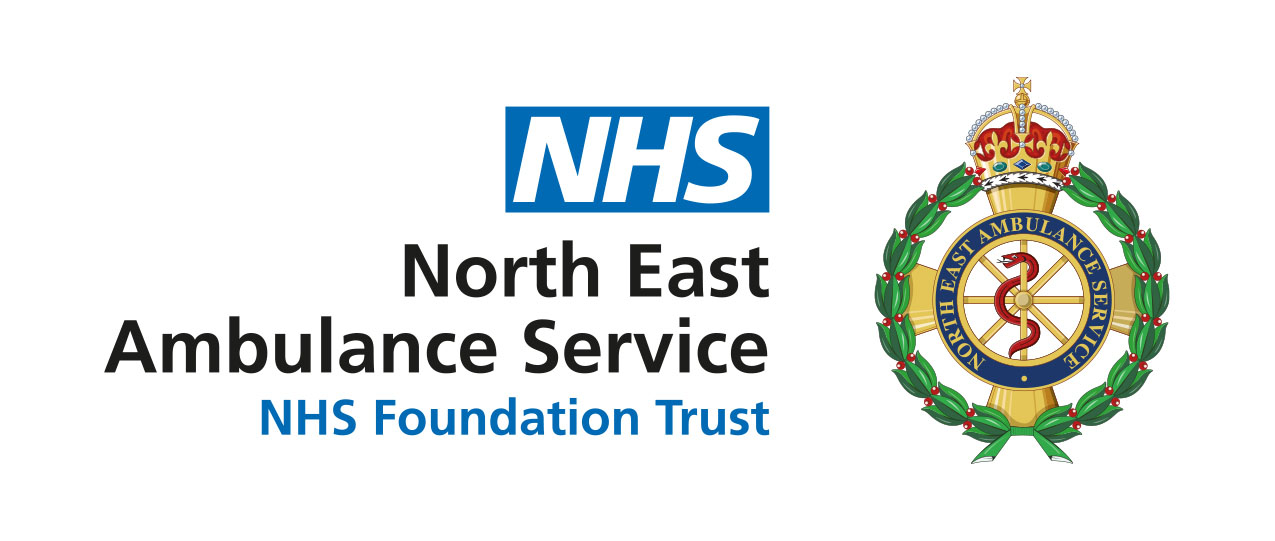
Updated statement following industrial action on 21 December
Chief operating officer at North East Ambulance Service, Stephen Segasby said,
“Yesterday was an incredibly challenging day for our service. We had a significant number of our teams unavailable due to the industrial action. This followed a peak in pressures earlier in the week when we declared a critical incident.
“We received fewer 999 calls yesterday and deployed all our clinical managers, training team staff, volunteers and private ambulance providers to respond to emergency calls.
“However, we don’t yet know the full impact of the industrial action on our patients or the wider NHS system, but we thank the public for using 999 wisely, our partners in hospitals and across the NHS for their support to keep our crews on the road and our colleagues for helping to ensure we could reach patients in emergency need of our help.”
Mr Segasby added: “We remain at our highest level of alert status because of the continuing unprecedented pressures impacting our ability to respond to patients, although we are no longer declaring a critical incident.
“However, many of the actions we put in place at the start of the week will remain in place to focus our resources on those who are most in need. This includes advising some patients to make their own way to hospital when it is safe to do so.
“As we approach an extended Christmas bank holiday, followed by further industrial action, it’s important that we continue to protect our service so that we can reach those in greatest need of our help. We ask that the public continue to consider which is the best service for their needs and only call 999 in a life or limb threatening emergency.
“Our patient transport service continues to only operate for essential journeys for patients requiring life-sustaining treatment such as dialysis, chemotherapy, oncology and heart care. This reduction in service will run until Thursday 29th December to allow us to redeploy these crews to support lower acuity emergency care patients as well as our hospitals with discharges.”
